Quaker Cupboard and Library
Organization: Brome County Historical Society
Coordinates: www.bromemuseum.com
Address: 130 Lakeside, Knowlton, QC JOE 1V0
Region: Montérégie
Contact: Arlene Royea, bchs(a)endirect.qc.ca
Description: Cupboard and Library from the Quaker Meeting House of East Farnham, Quebec.
Year made: circa 1830
Made by: Handmade, unknown
Materials/Medium: Painted wood
Colours: Forest Green
Provenance: East Farnham, Quebec
Size: 1.7 m x 67 cm x 29 cm
Photos: Rachel Garber. Courtesy of Brome County Historical Society
Quaker Library
Mark Abley
“It was opened in me,” wrote George Fox, the Englishman who founded the Society of Friends in the seventeenth century, “that God, who made the world, did not dwell in temples made with hands.” The Quakers, as Fox’s followers soon came to be known, believed that God lived in the hearts of people. Even so, they constructed buildings – the preferred term was not churches but “meeting houses” – in which they could gather together and express their faith. These meeting houses and the Quakers’ mode of worship embodied an aesthetic of modest simplicity, one that guided their choice of clothing and their use of language too.
They played a significant role in the early history of the United States: William Penn, the founder of Philadelphia, was a Quaker pacifist. During the American Revolutionary War, many Quakers refused to bear arms and suffered persecution as a result. Some moved to Upper Canada, and a few journeyed north from Vermont into the newly surveyed lands of the Eastern Townships. The first Quaker settler in Quebec, Nicholas Austin, homesteaded on the west side of Lake Memphremagog in the 1790s; the municipality of Austin is named after him. A larger number followed Gideon Bull, the descendant of a distinguished Quaker family, who left the United States with his wife and children in 1800.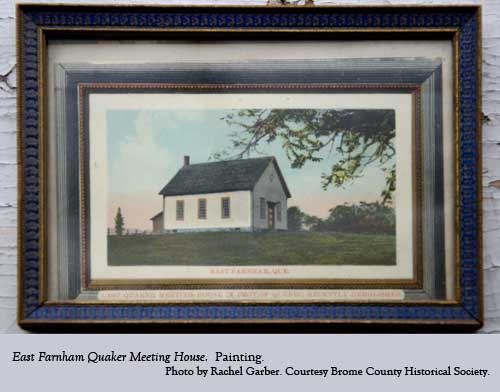
The group began to coalesce after 1814, when Bull’s son Aaron married a Vermont Quaker named Philadelphia Knowles. Of its fourteen founders, seven were women. Unlike most religious denominations, the Quakers accepted women as equal to men in intelligence and equally likely to be “moved by the spirit” and testify or preach in their gatherings. In 1823, by now recognized as an independent congregation, they built a log cabin at Allen’s Corner – or, as it would later be called, East Farnham, about halfway between Granby and the US border. The cabin was their first meeting house. It burned down in 1831 and was replaced by another, slightly larger building on a hill.
Slavery was the momentous debate of the age, and most Quakers were strong abolitionists. The group who settled around East Farnham, like the friends they had left behind in Vermont, played an active role in the “underground railway” movement that gave escaped slaves the chance to live as free men and women outside the United States (slavery had been abolished throughout the British Empire decades before the US Civil War). The East Farnham congregation sent money to the Quakers’ “Negro and Aborigines’ Fund,” which supported a school for black children in what would become Ontario. One of the meeting house’s members, Edward Williams, was himself black.
In East Farnham, members began to create a local Quaker library in 1830. Among its first holdings were the meeting records for Quaker congregations in New York and London. It was an age when rural illiteracy was commonplace, yet the Quebec meeting house had a decidedly literary flavour. Susannah Norris and Sarah Stevens published their poetry. Drusilla Knowles and her husband left their children in the care of friends and embarked on two years of missionary work, seeking to convert Indians in the southern United States; when they returned, they wrote an account of their travels. Perhaps the most remarkable member of the congregation was Mary Bull Barton, who ran the family farm for her irresponsible husband, raised six children, taught school, earned money by her sewing – and, as if all that weren’t enough, bought a small printing press on which she published poems, including some of her own.
As late as 1860, Quaker ideas were widely debated in English-speaking Quebec. In that year, for example, a young American lawyer and poet named Hanford Lennox Gordon gave a lecture at the Mechanics’ Institute of Montreal. He was a Quaker, and he delivered a stirring defence of John Brown, the abolitionist who had just been hanged in Virginia after trying to incite a slave rebellion – an incident many historians see as a prelude to the Civil War. Brown “has demonstrated one great truth,” Gordon declared: “namely that slavery rests upon an insecure basis; that it rests on cowardice, cruelty and meanness ... I hope that the love of John Brown and his heroic death will prove a blessing to the free coloured man.”
The second meeting house in East Farnham was torn down in 1870 and replaced by a new one a year later. A dozen or more new members had joined the congregation, just when the Quaker movement in North America was experiencing a brief revival. This third meeting house faced north and contained a raised gallery at the back. Above it stood a large clock which, it is said, ticked very loudly. But as the decades passed, the number of members fell. Many young people felt attracted by the opportunity to become pioneers further west and were repelled by the refusal of Quaker elders to countenance marriage with outsiders. The Quaker movement, split by internal divisions, was slow to react to change.
When the new century dawned, only a handful of members were left in the East Farnham congregation. They closed the white-painted building in 1902, years before the first Quaker meeting took place in Montreal. A local contractor bought the meeting house in 1907; he demolished it and reused the lumber. Nothing remained in the area but a few small Quaker cemeteries; that, and the legacy of a free-thinking, independent faith, embodied by a cupboard full of books.
NOTE: The Brome County Historical Society also owns several other Quaker artefacts, including a bonnet, articles of clothing and a bench from the meeting house.
Thank you to Joanne Croghan Marier of the Brome County Historical Society for the submission of the Quaker Library to the 100 Objects project.
Sources
Mrs. C.M. Day, History of the Eastern Townships (Montreal: John Lovell, 1869).
Hilary Farrington, “The Quaker Women of East Farnham,” Yesterdays of Brome County, Vol. 6 (Brome County Historical Society, 1985).
Ernest Taylor, History of Brome County, Vol. II (Montreal: John Lovell & Son, 1937).
S.A. Zielinski, “The Story of the Farnham Meeting,” Bulletin of Friends’ Historical Association, Vol. 50, No. 2, Autumn 1961.
To Learn More
Arthur G. Dorland, The Quakers in Canada - A History, 1968.
Ryan Jordan, Slavery and the Meetinghouse: The Quakers and the Abolitionist Dilemma, 1820–1865, 2007.
Sydney James, A People among Peoples: Quaker Benevolence in Eighteenth-Century America, 1963.
William J. Frost, The Quaker Family in Colonial America: A Portrait of the Society of Friends, 1973
The Quaker Archives and Library of Canada www.archives-library.quaker.ca
http://montreal.quaker.ca/
Author
Mark Abley was born in England, grew up in western Canada, and has lived in the Montreal area since 1983. A Rhodes Scholar and a Guggenheim Fellow, he has written or edited more than a dozen books of poetry and prose.


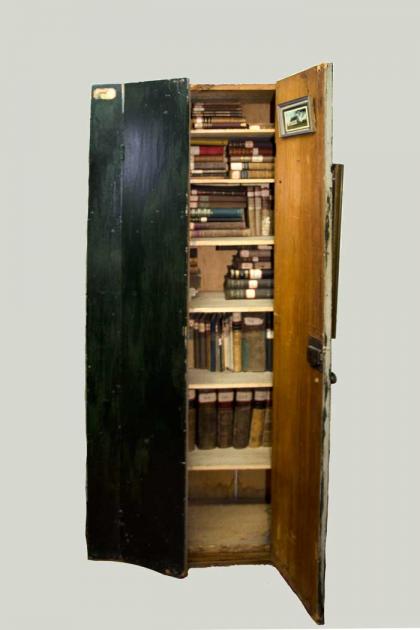
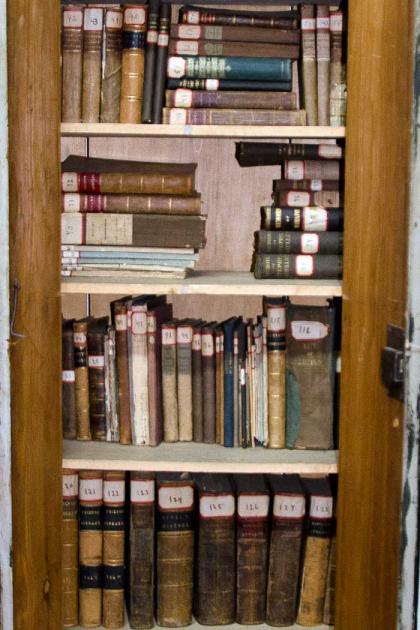
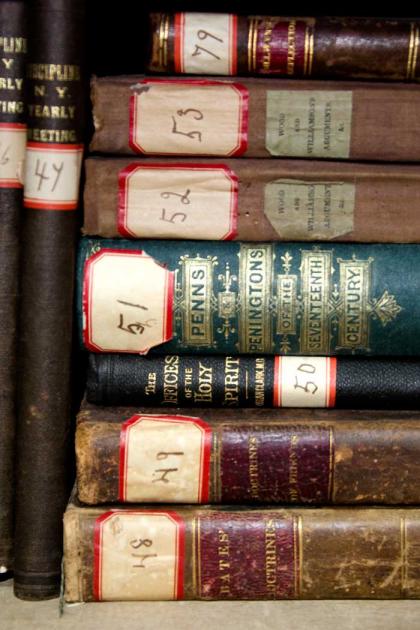
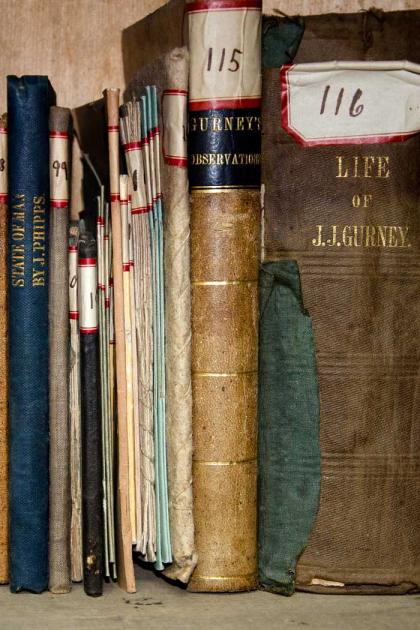
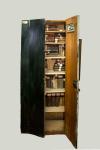
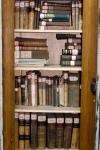
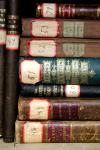
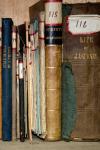
Comments
Compliments
Very attractive page on a significant chapter in the history of la belle province !
Farnham Quakers
Can you provide me with a copy of
S.A. Zielinski, “The Story of the Farnham Meeting,” Bulletin of Friends’ Historical Association, Vol. 50, No. 2, Autumn 1961?
Don Papson
3 Plattsburgh Avenue
Plattsburgh, NY
12901
Quakers coming from Vermont
Good morning Arlene,
I tried to leave a message on your website Quaker Cupboard and Library but I am sort of wordy and it timed out so decided to send you an email instead.
I have been researching my husband's Jewell (Henry born 1798ish and Sarah Nettleton born 1800 ish) family that emigrated to Quebec from New England. I don't know where from, some trees online say Massachuesetts, others say Vermont. His wife apparently was from Vermont. There first child John Henry was born in 1826 in the U.S. as well. I have seen trees that state that Henry Jewell came to Eastern Townships but my Henry had his other kids starting in 1830 on Allumette Island, Pontiac County, on the Ottawa River. Did he go to the Eastern Townships first and then made his way to Allumette Island? Who knows. Did he meet Sarah in Canada? I think that could be possible as the census I have seen for him living in Brome, I believe he was living with a group of men. I have heard that Quakers do keep wonderful records and was wondering if you have anything on a Henry and Sarah Nettleton Jewell.
I do live in the U.S. but have a home in the Montreal area which of course, we can not visit presently. If you have records, I would make it a point of visiting. One last thing, He is buried in the Catholic cemetery in Chapeau, Allumette Island but he was listed as Quaker on other trees so I am thinking that he was Quaker and perhaps could not meet in the Ottawa Valley???? So many questions, I have.
Thanks for your consideration. Jo-Ann O'Neill
P.S. I live very close to many Quaker cemeteries here in NJ and Philadelphia, if ever someone has a need for a look up, I would be happy to do so. Thanks.
Add new comment